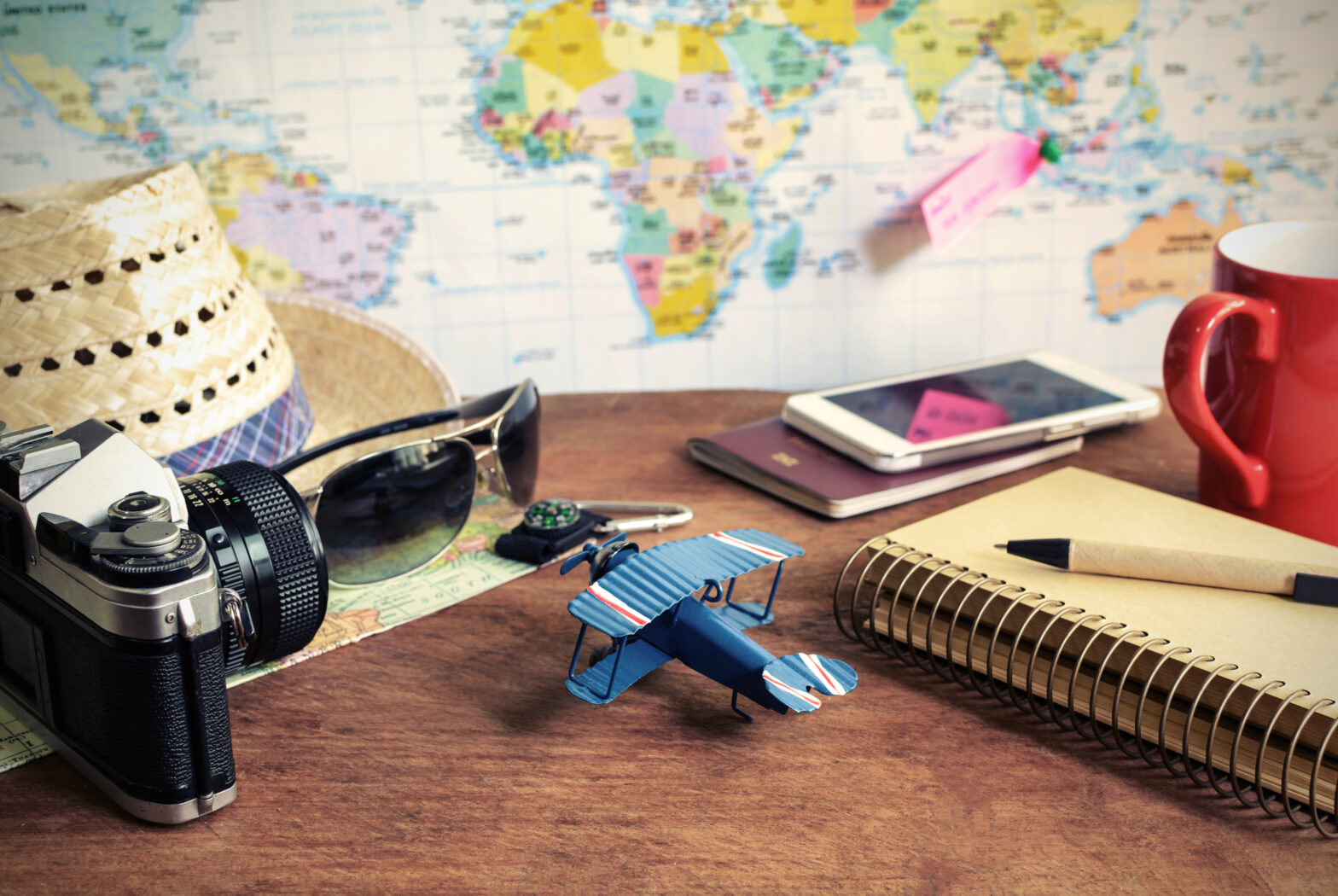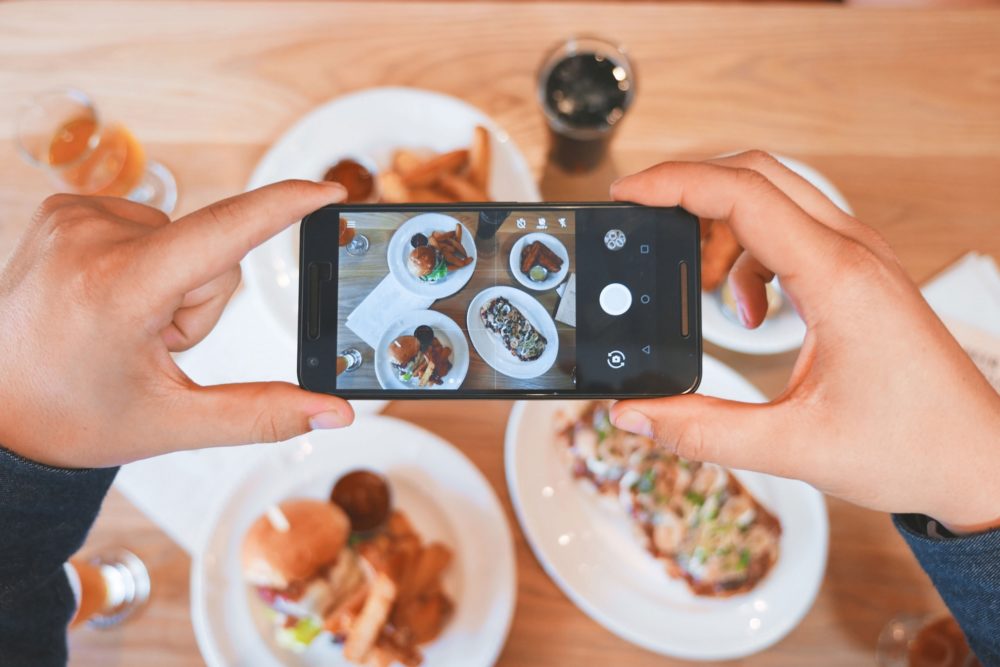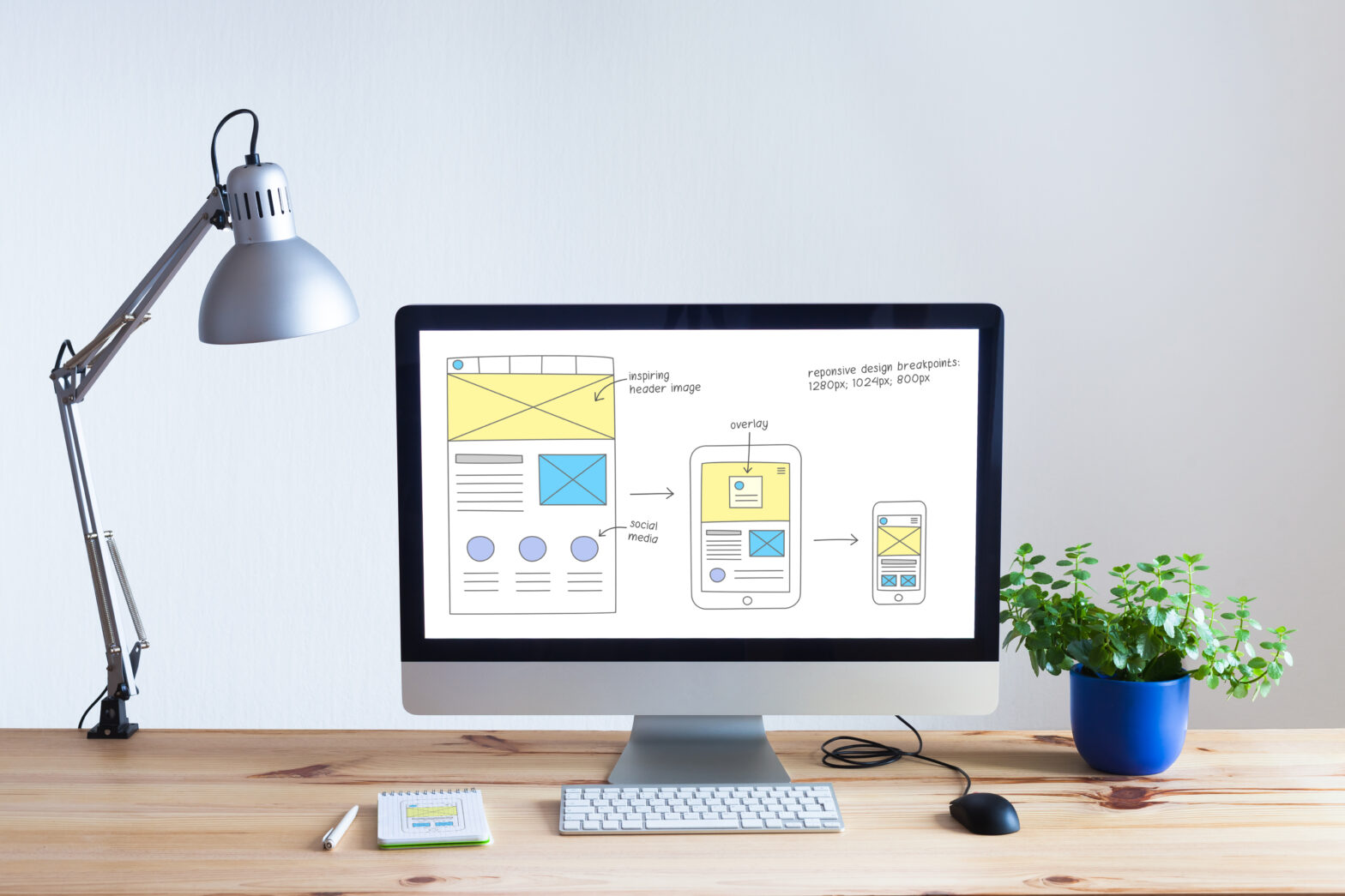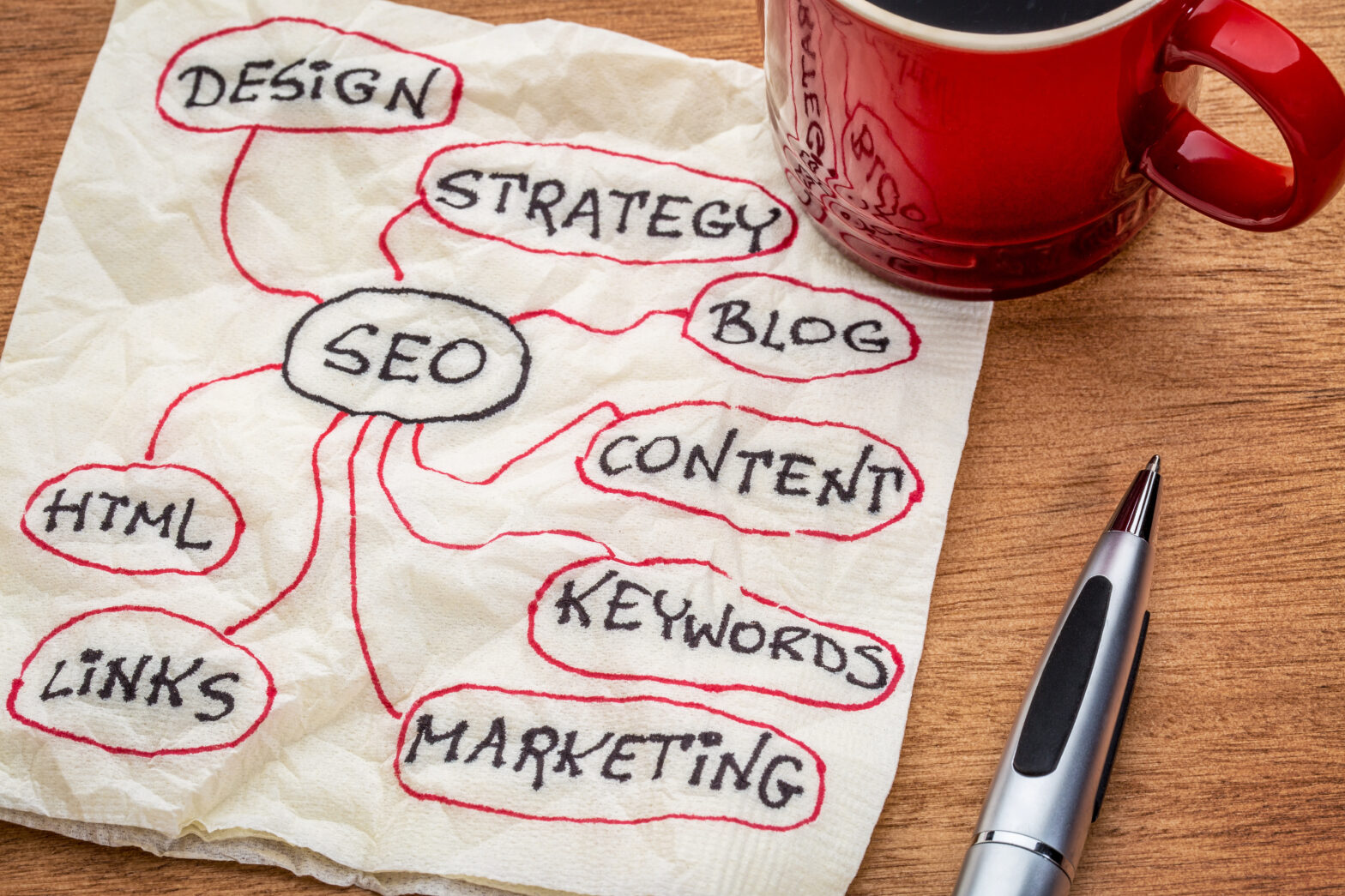Here, Mike Lewis, founder and CEO of Trip Historic, discusses how he got the idea for his niche travel website and how its popularity has soared.
When did you start the business, why, and what were you doing before this?
A few years ago, while I was working at BBC Worldwide in their digital team, my wife and I took a pretty standard trip to Cyprus.
As a lover of all things history, and particularly Roman history, we found ourselves doing what many people do and booking a coach tour to one of the ruined Roman cities on the island – in this case Kourion. It involved getting up early, joining another 50 tourists on a massive coach, lunch in a dodgy café that the coach driver clearly had a deal with and a couple of hours to potter around Kourion itself.
What we didn’t know, because none of the travel guides had ever mentioned it, was that within literally a ten-minute walk of our hotel was the ancient city of Nea Paphos. I only found out when I got home and was showing friends the hotel on Google maps satellite view – and I spotted a huge amphitheatre right next door.
This fostered the idea that our view of the best places to visit is very much driven by a self-perpetuating list of ‘top sights’ that is constantly regurgitated by mainstream travel guides. But particularly when it comes to historic sites, the truth is that some of the very best places to visit are largely ignored and forgotten because they don’t make these standard lists.
And it’s the same story all over the world – people go to Rome and trek for 12 hours to get to Pompeii and back in a day, when Ostia Antica is half an hour away. Millions of people crush into Notre Dame when right underneath is the Crypt Archeologique, barely noticed or visited by anyone.
So the point of our travel website Trip Historic is to help people discover these fascinating places and experience some of the most amazing historical sites on the planet.
Talk about the early days of the travel website.
One of the biggest successes was getting the site built at all. The first version was entirely self-funded and I had to employ a third-party development team to put it together.
Once we were up and running a number of early PR wins really made all the difference. We didn’t have any resources to call in a PR agency, so I just got online and on the phone and started reaching out to people. I was helped by the fact that so many journalists turn out to be massive history fans. One of the biggest successes on that front was connecting with the US editor of the Huffington Post travel section. I still have her initial response to my email all this time later – it was short but sweet:
‘I LOVE this idea! As a former history major and lover of all things history-related, this is a GREAT idea!’
We ended up as official travel website writers for the Huffington Post and have written dozens and dozens of articles for them – bringing huge numbers of people to the site. Through their partnerships we even got featured on the front page of Yahoo.com – an event that brought so much traffic it almost killed the server and nearly knocked us offline.
On the other side, we had a very mixed experience when we launched our Roman Ruins HD app. We gained great coverage – including being featured on BBC News – and very positive reviews across the board. But after an initial period of excellent sales, it proved hard to keep the app visible in the charts. We learnt that ultimately you need to get regularly featured by Apple to keep sales strong, and although we were featured in 14 countries at launch, they didn’t continue to feature us and the sales dropped away.
What was the single ‘turning point’ moment for the business and its revenues?
Once our traffic levels had grown to significant and sustainable numbers we redesigned the site to allow us to offer targeted and customised advertising and sponsorship opportunities.
But we still needed that ‘proof of concept’ campaign to give us a really solid case study that could seal the deal with potential clients. That came with a campaign we ran for Visit Scotland. We not only ran their ads across the site but also created a range of unique content that showcased the historic sites of destinations such as Orkney along with social promotion and using our existing partnerships to amplify the impact. This content was immediately popular with our audience and was shared far and wide socially and in other press coverage. We ended up with a massive 10 per cent click through rate on these pages and generating huge social engagement.
It was our first real test of running a full 360 campaign and the results gave us the confidence and the evidence needed to replicate that process with other clients.
From that point, how did your business scale?
Our focus was always on expanding our editorial coverage and seeking new opportunities to partner with organisations who could add to the overall proposition – and ultimately bring us more traffic.
One of the most interesting projects was working with Google on a Glass app designed to take you on a walking tour of Roman London, though we got some rather strange looks while testing it!
Over time we reached out to more and more partners and we’ve now worked with a host of organisations on various projects. From getting Expedia to work with us on a content link to running a campaign on women’s history with the University of Nottingham, each campaign gained us more exposure and helped to cement our position within the travel industry.
As our reach has grown so has our level of resourcing and our ambition. We’ve expanded the team and brought our technical provision in house and this has allowed us to develop faster and more efficiently than previously. We’ve expanded our commercial goals to bring on new business opportunities and these plans allowed us to close a significant funding round at the end of last year which will allow us to grow drastically in the next 12 months.
How can similar companies learn from your success?
I think one of the key things to remember is that if you have a strong proposition then the barriers to entry are actually remarkably low. Before the internet, if you wanted to launch a new publication or business, you needed deep pockets and serious infrastructure. Nowadays, anyone can simply throw up a blog, launch a new site or fling themselves into the YouTube generation.
We launched the first version of our travel website with just £3,000 and a wing and a prayer. It wasn’t perfect, it didn’t cover everything we’d have done in a perfect world, but it was live, it was fit for purpose and it allowed us to start conversations.
And when it comes to making an impact, you mustn’t be afraid to shout about it and just reach out to journalists, and companies large and small. You don’t need to be a well-established brand with an army of staff to get noticed. If you’re offering something unique with a quality product then there’s no harm in reaching out to the biggest companies in the world – the worst they can do is say no.





